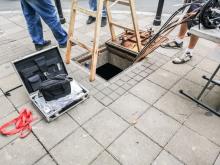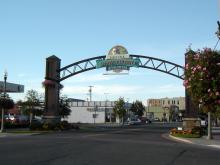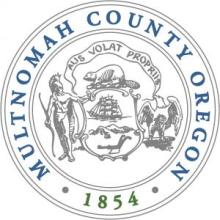Despite repeated reminders from the rest of us that Hollywood will only ever give the late night slots to guys named James, Stephen, or Conan, Christopher is determined that if he just hosts enough things he’ll be able to break into the business and leave us all behind. In that spirit comes a new series here at the Community Broadband Networks initiative within the Institute for Local Self-Reliance: Connect This!
Every two weeks, a diverse panel of broadband policy experts and industry veterans will get together and talk about recent news, untangle regulations, demystify technology, dig into grant programs, and have a good time. Compared to the Broadband Bits podcast, Connect This! will range wider and encourage guests to find common ground on the complicated issues that collectively define our networked future. Episodes will have a set agenda and aim for less than an hour, and the plan is to bring at least one guest across two episodes in a row to provide some continuity.
Host Christopher Mitchell shared the driving impulse behind it:
I don't think people working in this space have enough opportunities to hear people wrestling over these different ideas and challenges. A lot of people are working very hard to build networks or better policies and trying to puzzle through things on their own. What is happening at the FCC? What is the deal with that government program? How does this technology work in the real world?
The goal of the show is to address these issues from different perspectives and ask hard questions — questions that we may not always know how to answer. But also to have fun with it because this is an exciting space to work in and we shouldn't have to be super serious all the time.
The first episode is up, with Christopher joined by Cat Blake (CTC Technology and Energy), Karl Bode (TechDirt), and Travis Carter (CEO, US Internet). They talk about US Ignite’s new Project Overcome, state broadband grant programs that exclude municipal networks, and AT&T’s decision to stop connecting users to its DSL network.
Subscribe to the show using this feed.
Email us broadband@muninetworks.org with feedback and ideas for the show.











